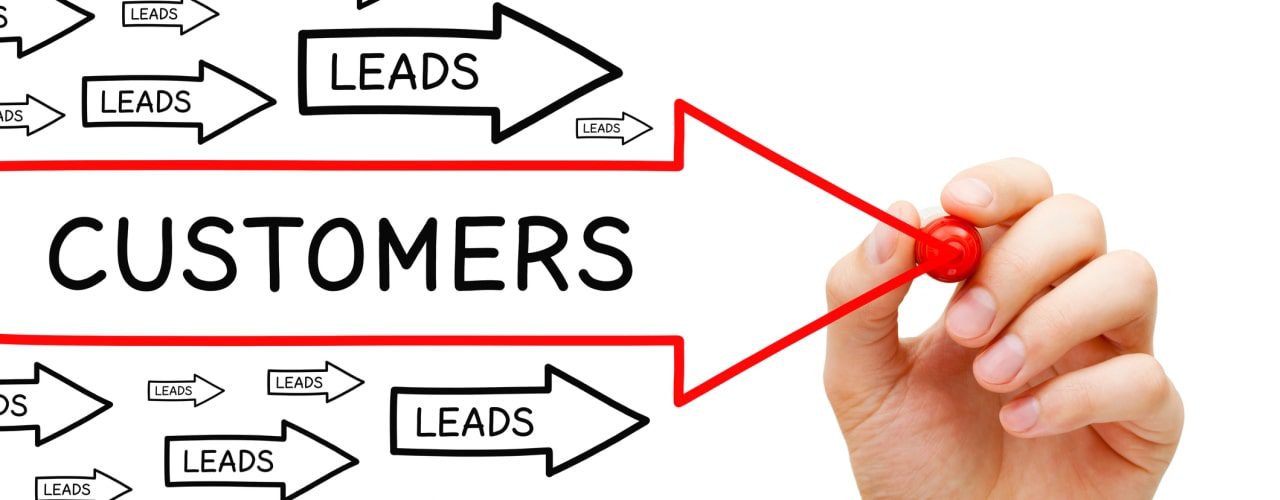We all want more leads, but getting them is another matter. Lead generation is an art all unto itself. And while there are many ways to go about getting leads, some marketers are more successful than others.
There are still many marketers that are set in their old ways. They focus on traditional methods of marketing such as outbound campaigns like mass advertisement and email blasts. And while all these avenues reach out to audiences in a broader way, one thing is missing –communicating with audiences 1:1.
Enter email. When email was invented in 1972, lead generation was flipped on its head. It became the #1 most effective way of generating leads. And, today, this still remains – if not amplified in its necessity. Let’s explore the ways email works to generate leads to see how truly important it is to have in your marketing arsenal.
According to Nielsen Norman Group, when asked to opt-in to receive updates from a company, only 10% elected to do so through Facebook, while 90% chose to receive email newsletters. Because newsletters provide high-value through relevant content, audiences are more receptive to receiving emails that incorporate them. If you want to generate demand using email, newsletters are a great way to give people the ability to receive information in a one-time shot – with content that includes company news, latest product capabilities, industry updates and thought leadership publications.
What’s more is that email has changed the face of lead generation by using triggered emails. Triggered emails (sometimes called “autoresponders” or “drip campaigns”), are activated automatically when a prospect starts to take action. Either they download a white paper or fill out a form on your website – they automatically get an email that engages with them once action has been taken.
A key capability of email is its ability to segment audiences based on their behaviour. Top performers no longer use batch and blast emails. They try to reach recipients on a more personal level in order to make their content more relevant to readers. Relevant emails correspond to the engagement level of the prospect, and that’s when we get more opens, clicks, and eventually more sales.
By driving traffic to a landing page in which audiences enter their information in exchange for content, there occurs an exchange of information: the prospect leaves their email and in turn gets a content piece. Once this happens, communication then moves onto the inbox. The ability to pull audiences into engagement via email has changed the face of lead generation. With more personalised and targeted communications, it has become possible to engage with audiences 1:1. And this is why email marketing has become a critical part of a sound marketing strategy.
Have you noticed improvements in your lead generation results after focusing on building an effective email marketing strategy and campaigns? Perhaps it’s time to pay more attention to your email marketing efforts.

